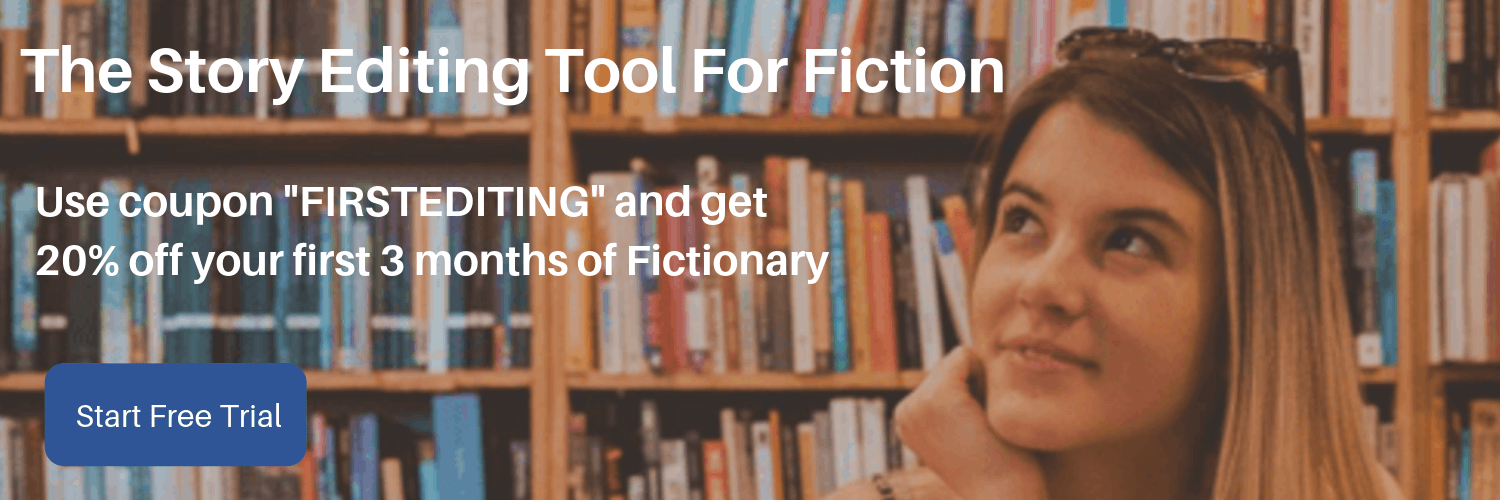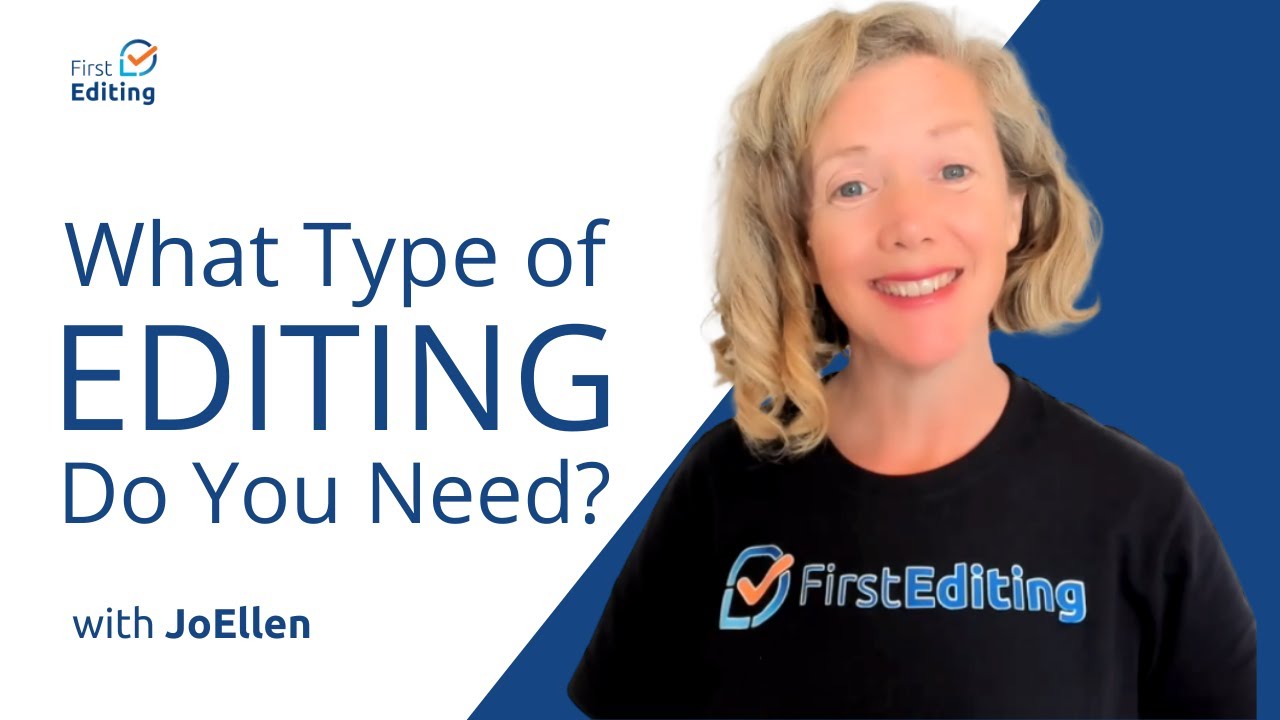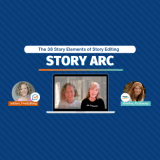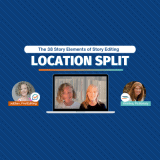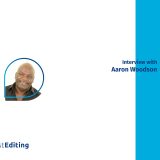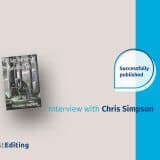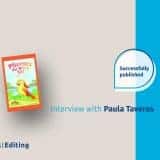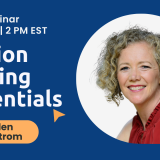
We all get excited when we type “The End” on our first draft. Before you share your story with others, you owe it to yourself to tell the best possible story. Learn how to story edit, and you’ll create a story readers love.
What is a Story Edit?
A story edit is an in-depth manuscript evaluation performed by the author that seeks to improve the structure, characters, plot, and settings of a story.
You analyze your story from a high-level perspective and fix any weak areas. It’s an essential step in an author’s revision process. This is similar to a structural edit but not the same. It’s an edit you perform on your story before hiring an editor.
Why Perform A Story Edit?
Don’t we all want happy readers? Or readers who feel a strong emotion? Or readers who just can’t put your book down? I know I do.
In today’s world, fiction writers have access to many tools to create, edit, and publish novels. That puts writers in the luxurious position of having control over their novels and publishing what they want. With this freedom comes responsibility.
You’re the one responsible for the quality of the work you share with the world.
Sharing a draft of your novel with anyone for the first time can be scary. The stress of waiting to hear back from your readers or editor, of worrying about what they might say, and wondering if your writing is ready to submit can take its toll.
So why would you share your work with anyone before you’ve revised your first draft, improved it, making sure it’s as good as you can make it before anyone else reads it?
You wouldn’t. That’s why you perform a story edit.
Once you’ve completed a story edit, you’ll be ready to work with a professional editor. FirstEditing offers a range of editing services including structural editing, copyediting, and proofreading. They’ll help you choose the level that’s right for you.
Where To Begin Your Story Edit
Here are three questions to ask yourself when you review each scene and look for ways to improve characters, plot, and settings.
- Who has the point of view?
The point of view character is the character who is telling the story at any given moment.
When you choose a point of view character for a scene, you promise your readers they will experience the scene from that character’s perspective.
The feelings, actions, and senses of the scene are all derived from that one character’s experiences.
Multiple points of view means the character who controls the POV for a scene changes from scene to scene. As a writer, you must be in control of this aspect. The generally accepted method is to have one POV character per scene. Switching POV mid-scene, also known as head-hopping, can jar the reader from the story.
- What is the purpose of the scene?
There must always be a reason why any given scene exists in your story: that’s what we mean by its purpose. If a scene doesn’t drive the story forward, then ask yourself why it’s even in your novel.
Here are eight ways the purpose of a scene can drive the story forward.
- Build Suspense
- Introduce Characters
- Develop Characters
- Establish Mood
- Establish Setting
- Intensify Conflict
- Move The Story Forward
- Show Clues or Red Herrings
After your first draft, you may discover scenes that don’t seem to serve any of these purposes. This happens to me when I get so involved in writing a scene, I forget how it fits into the overall story.
If a scene has no purpose, either connect it back to the story or cut it from your novel and save it. Who knows — you might be able to use it if you write a prequel or a sequel, or even for another series entirely.
- Is the setting the best place for emotional impact?
When answering the question, think about who has the point of view for the scene and what makes that character feel strong or vulnerable.
Suppose you have a character who’s going to have some sort of confrontation and they happen to be afraid of the dark. If you want the character to be in a position of strength, then use a crowded coffee shop in the middle of the day as a setting.
However, if you want him to feel vulnerable during the confrontation, try placing him outside, at night, in an isolated parking lot. And the streetlight is broken. There is no moon. Maybe it’s windy or storming, so a call for help won’t be heard.
Basically, decide what emotion you want the characters and the readers to feel, then decide whether your choice of location helps to elicit that emotion.
Of course, not all settings need to overtly highlight a character’s emotions. Sometimes, just the way you describe the setting will show you how the character is feeling at any given moment: in one story, the distant rumbling of thunder might be romantic, while in another story it could serve as an omen.
What Next?
I’ve given you a place to begin. Performing a story edit can be complex, so you need a plan. To help, we’re offering you our eBook Story Editing: 15 Key Elements of Fiction to Tell Better Stories for free. This will give you the next level of story editing you need to work on.
How Fictionary Helps You Perform A Story Edit
Editing is hard. Fictionary makes it easier with online software that simplifies and automates story editing. Use Fictionary to improve the structure, characters, plot, and settings of your novel.
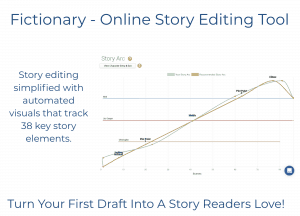
A perfect tool to help complete a story edit. Within seconds, Fictionary automatically creates your cast of characters, links characters to scenes, calculates word count per scene, draws your story arc, and then guides you through a complete scene-by-scene revision.
Sign Up for Fictionary using coupon code FIRSTEDITING and get Fictionary for just $16/month for the first 3 months or $160 for an annual subscription.
No credit card required. When you sign up using the coupon code, I’ll extend your free trial from two weeks to one month. Offer includes our 13-lesson story editing course delivered to your inbox.

